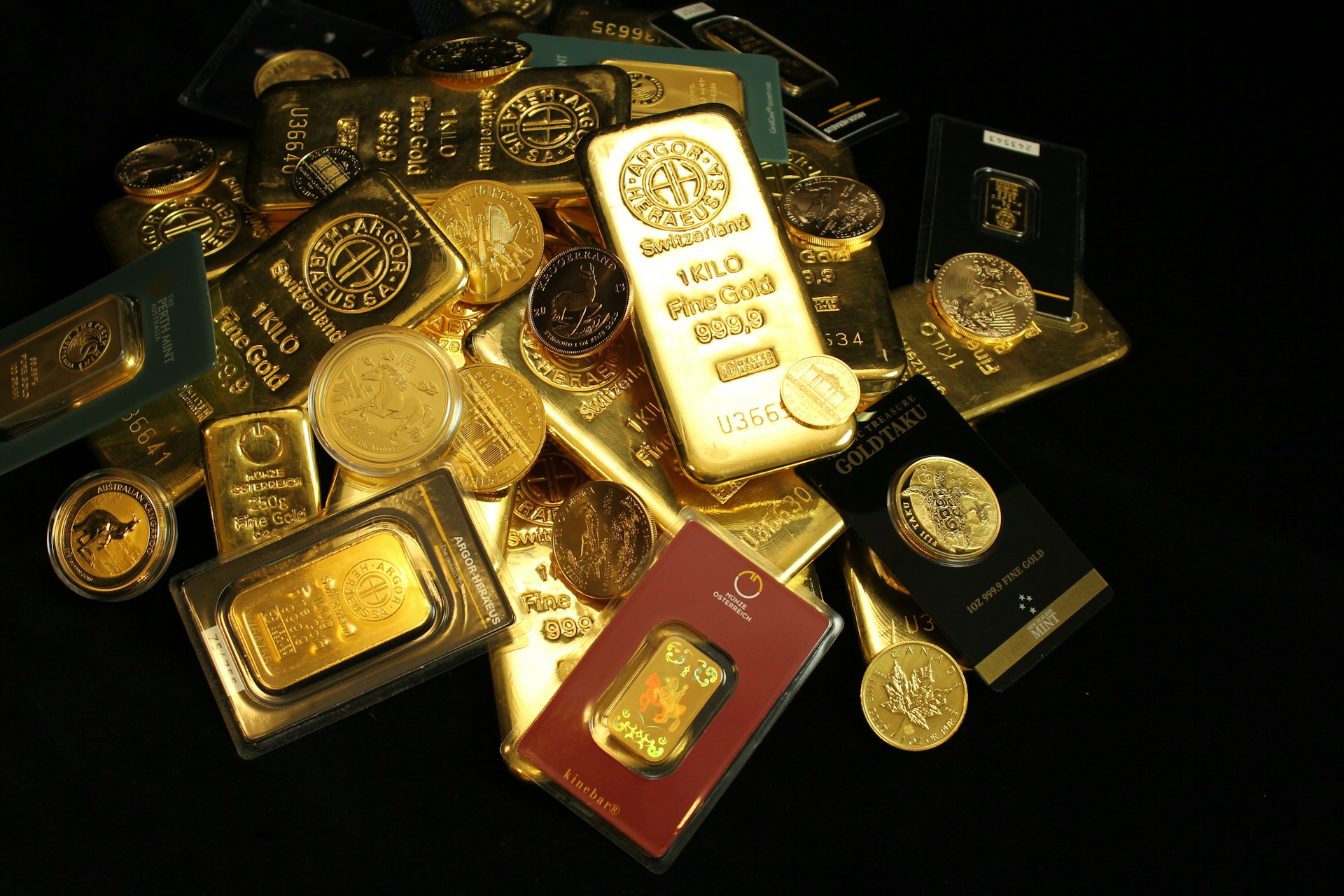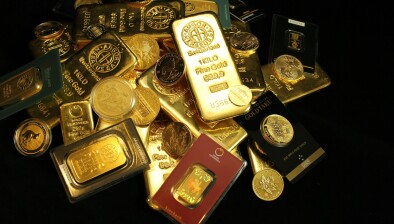Gold set for biggest weekly gain since 2008 as asset tops $30tn market cap

Gold surged past £3,200 an ounce on early Friday morning, reaching a new record high of £3,257.80 and heading for its largest weekly gain since the 2008 financial crisis.
The precious metal is on track for an approximate 8% rise this week, fuelled by a potent combination of geopolitical and economic instability, and the market capitalisation of the asset has surpassed $30 trillion (c. £22.4tn)
Investors are flocking to the traditional safe-haven asset amidst growing uncertainty. Tumbling global bank shares, prompted by signs of credit stress at US regional lenders, have rattled markets. This economic anxiety is compounded by geopolitical tensions, including fresh accusations from China against the US over rare earth export controls.
Further bolstering gold’s appeal are rising expectations of interest rate cuts by the US Federal Reserve. With one cut anticipated in October and another in December, the low-rate environment makes non-yielding gold a more attractive investment.
This year alone, gold has soared by over 66%, driven by these factors alongside significant central bank buying and robust inflows into gold-backed exchange-traded funds (ETFs). The holdings of SPDR Gold Trust, the world’s largest gold ETF, have reached their highest level since July 2022.
Despite the strong performance, some analysts suggest a short-term consolidation is possible. Gold’s relative strength index (RSI), a technical indicator of momentum, has risen to 88, a level widely considered to be “overbought”.
However, the long-term outlook remains bullish. HSBC has raised its average gold price forecast for 2025 to $3,455 (c. £2,576) an ounce and projects that the metal could reach $5,000 (c. £3,730) in 2026.
Silver also hit a record high of £40.88 an ounce before retreating slightly, and recording around a 7.4% weekly gain.





